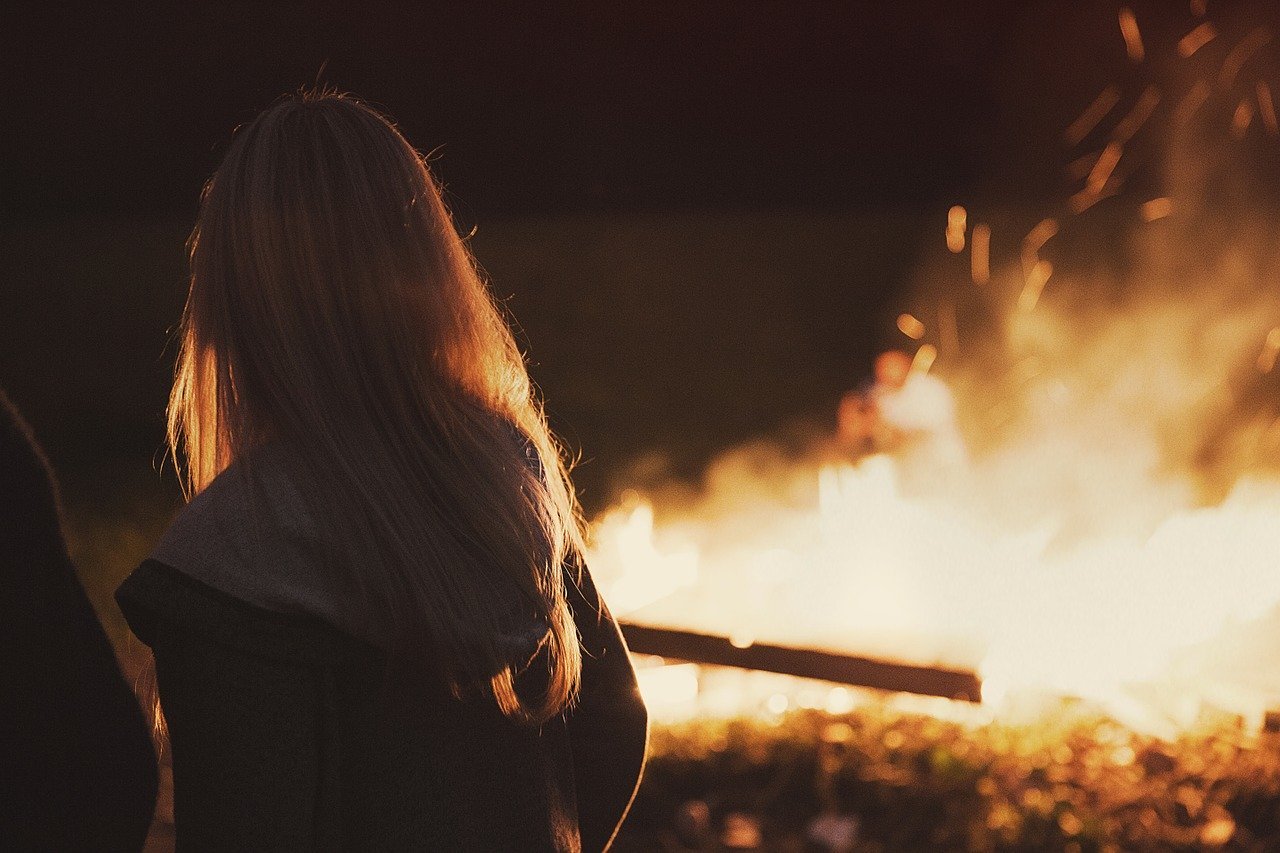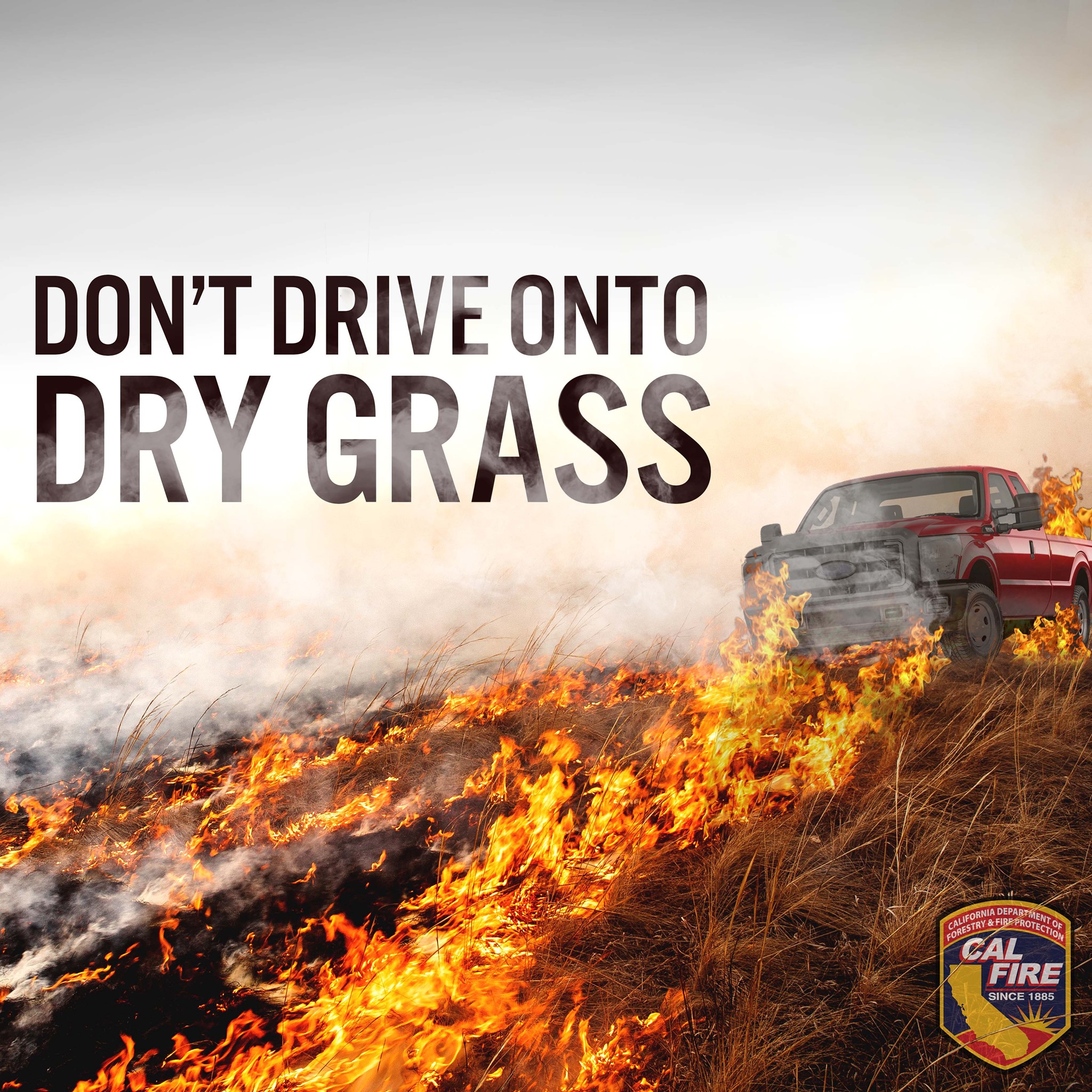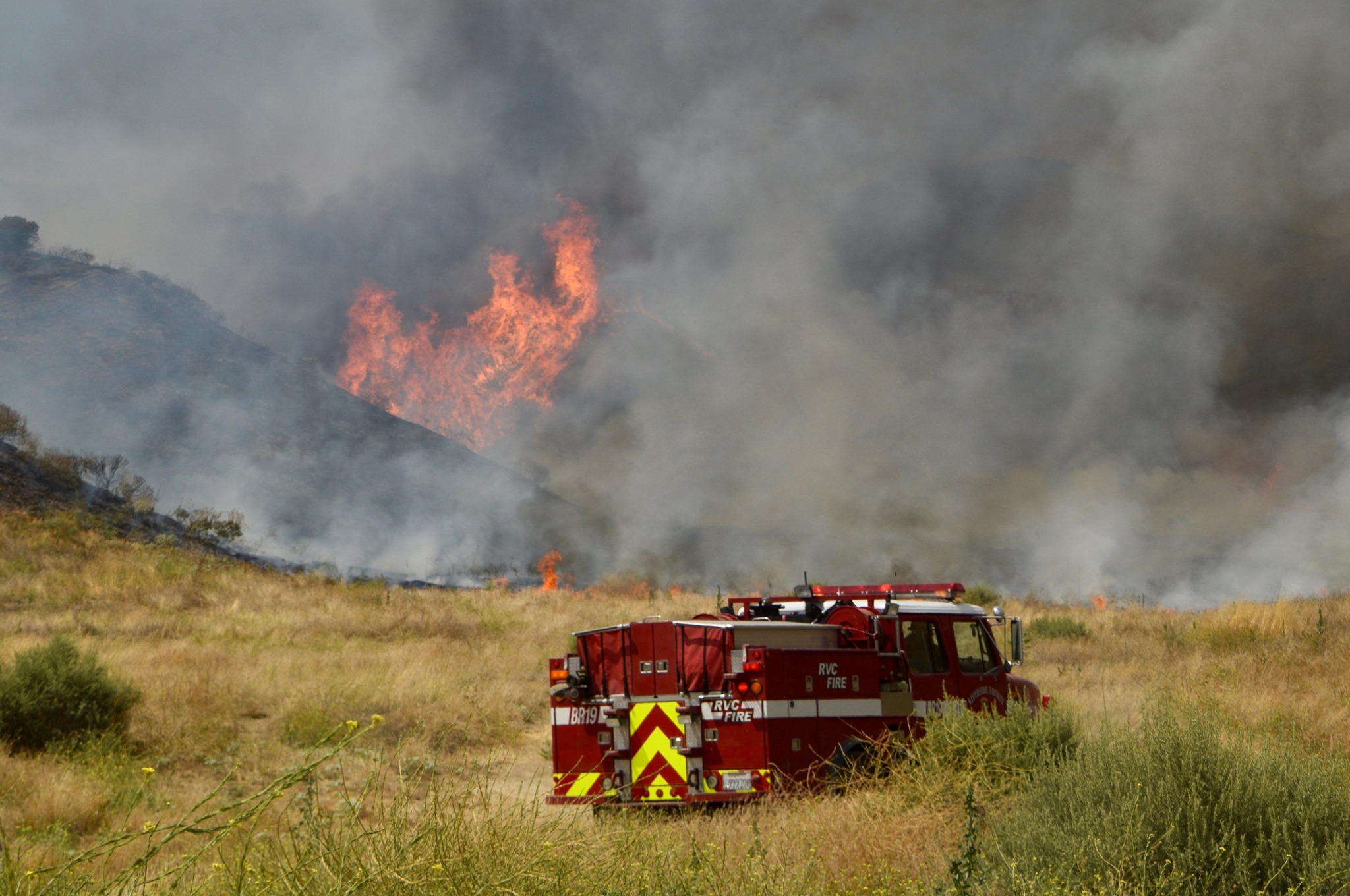If you don’t know the proper way to start a wildfire, it’s about time you learned. After all, statistics show that humans are pretty good at burning down forests. Lightening causes less than ten percent of North American wildfires. The rest usually happen because of careless human behavior that looks like this:
Climate Conditions Increase Forest Fire Risk
“Climate change has been a key factor in increasing the risk and extent of wildfires in the Western United States,” according to the Center for Climate and Energy Solutions. Changes in the Earth’s weather patterns create warmer, drier conditions. Today, snow melts faster, vegetation dries into tinder earlier and insects turn trees into matchsticks. It all adds up to dangerous forest fire conditions, especially in beautiful, wild places.
The 2019 wildfires weren’t nearly as bad as those in 2018 and 2017. But now, scientists predict particularly worrisome forest fire conditions. In 2020, above normal wildfire risk is expected in most of Oregon, Washington, Nevada and Northern California. “Already in 2020, Nevada has experienced 98 wildfires; 96 of which were caused by human activities that could have been prevented,” says the Bureau of Land Management.
If you’re camping in any of the at-risk states this season, it’s easy to boost the wildfire risk by doing the following:
Step 1: Go RVing without a Tire Pressure Monitoring System
On a windy afternoon in July 2018, an unsuspecting RVer drove down Highway 299 in Redding, California. They didn’t know they had a blown-out trailer tire. The wheel rim scraped along the asphalt. It threw sparks that ignited the bone dry roadside vegetation. Had the poor soul owned a Tire Pressure Monitoring System (TPMS), he would have been alerted to the sudden loss of tire pressure. A TPMS might have saved seven lives and prevented the Carr Fire. It was the sixth most deadly wildfire in California’s history.
Step 2: Enjoy a Camp Fire Anywhere You Please

Ground fires are banned in most of the west this summer. Image: Pixabay.com
Joshua Earle joshuaearle, CC0, via Wikimedia Commons
Campfires are part of the outdoor experience for most people. If you feel the same and can’t live without one, go ahead and ignore the campfire bans already happening in states like Nevada. Light up and enjoy your smores, then walk away from the fire while it still burns. A gust of wind just might blow the embers into the forest and give you more warmth than you ever imagined.
Step 3: Drive, Camp and Play on Dry Grass

Image: CALFIRE.gov
The higher global temperatures brought on by climate change leave vegetation drier for longer periods of time, according to the 2018 National Climate Assessment. If that wide open field looks like a great place to set up camp, go ahead and give it a whirl. Don’t forget to light up your safe-and-sane fireworks, shoot up an old washing machine and flick your burning cigarette butts on the ground. It’s a great way to add some excitement to your RV trip, if you live to tell about it.
Keep Our Forests Safe, Don’t Start a Wildfire
I hope you can tell I’m writing this tongue-in-cheek to drive home a point: wildfire risk is higher than ever. Since it’s that time of year, we all need to be careful. U.S. fire fighting agencies are worried about how COVID-19 is going to affect their work. Fewer fire fighters may be available to put out wildfires caused by careless behavior like what I described above. Please be fire wise. Don’t practice risky behavior that can start a wildfire in our beautiful places. Let’s make sure they’re still beautiful in 2021.



The title of the article is IMO reckless. It should have stopped at “don’t start a wildfire”period.
FWIW I retired from a rural fire dept. Ordinary and desolate places burn too; there’s nothing like having to hike 3 miles in hot weather carrying 100# of gear just to get to a wildfire,finally putting it out, then having to hike back carrying that 100# of gear while exhausted from a day of fighting a wild fire.
Just wondering if using a SOLO stove is safer than an established firepit, and keeping a spare fire extinguisher instead of water nearby?
Please don’t start wild fires in ugly places either